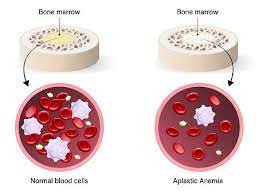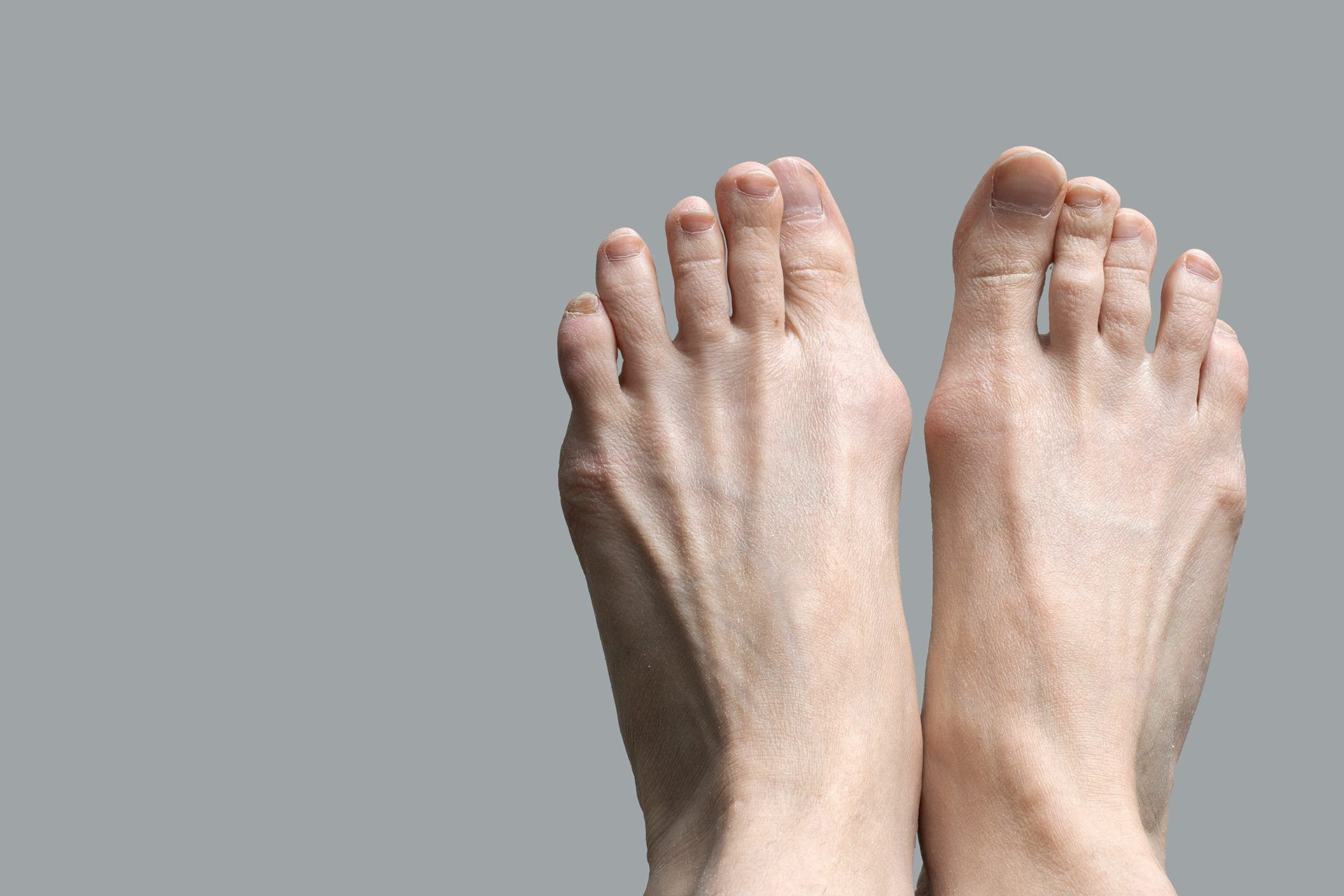Definition
In 1943, there were reported cases of three siblings with a condition characterized by the absence of granules in white blood cells (leukocytes and neutropenia). Hematology experts Chediak from Cuba and Higashi from Japan reported these cases in 1952 and 1954, respectively.
Chediak-Higashi syndrome is a condition that affects various parts of the body, especially the immune system. This condition disrupts the immune system and cells, making it difficult for the body's immunity to fight against foreign objects such as viruses and bacteria. As a result, most individuals with Chediak-Higashi syndrome experience recurrent and persistent infections starting in infancy or early childhood. These infections tend to be very serious or even life-threatening.
Chediak-Higashi syndrome is a rare recessive genetic disorder. In these conditions, problems with the DNA make it hard for lysosomes and other cells to do their jobs, which are very important for the body's functions, especially the immune system. Lysosomal disorders can also lead to other health issues, such as nerve disorders, albinism, and blood clotting disorders.
Causes
Chediak-Higashi syndrome is inherited through families as it is an autosomal recessive genetic disorder. This means that both parents carry non-functioning copies of the gene, and each parent will pass down one copy of this genetic material, manifesting Chediak-Higashi syndrome symptoms.
The affected gene in this condition is the LYST gene (also known as CHS1). This disease's primary defect involves compounds typically present in the skin and some white blood cells.
Risk factor
Chediak-Higashi syndrome is an inherited genetic disease. The only known risk factor for Chediak-Higashi is a family history of the syndrome. If you have a family history of members with this syndrome, you or your child may have a higher likelihood of experiencing Chediak-Higashi syndrome. Symptoms typically manifest in early infancy or childhood.
Symptoms
Children with these symptoms may have silver-colored hair and bright-colored eyes (albinism), an increased risk of lung, skin, and mucous membrane infections, and uncontrolled eye movements (nystagmus). In children with Chediak-Higashi syndrome.
infected with certain viruses, such as the Epstein-Barr virus, life-threatening conditions similar to blood cancer or lymphoma can occur.
Some symptoms of the condition may include decreased vision, cognitive impairment, muscle weakness, peripheral nerve disorders (neuropathy), nosebleeds or easy bruising, numbness, tremors, seizures, sensitivity to light (photophobia), and unsteady gait (ataxia).
Diagnosis
Chediak-Higashi is usually suspected in individuals with partial oculocutaneous albinism and recurrent pyogenic infections. To diagnose this condition, doctors usually perform a blood smear examination, a classic test to observe various types of white blood cells such as neutrophils, eosinophils, and other granulocytes. These cells are often found in the bone marrow, melanosis, gastric mucosa, kidneys, and nervous system tissues.
The doctor will conduct a physical examination if you show symptoms of swelling in the spleen, liver, or jaundice. The examinations include a complete blood count (including white blood cell count), blood clotting tests, blood culture and smears, MRI or CT scans, EEG or EMG, and nerve conduction tests.
The doctor may recommend genetic testing to differentiate Chediak-Higashi syndrome from similar genetic disorders such as Griscelli syndrome and Hermansky-Pudlak syndrome. Genetic testing is performed to look for CHS1/LYST gene mutations.
Additionally, the doctor will examine whether Chediak-Higashi syndrome is undergoing an accelerated phase by observing the presence of five symptoms from the following eight criteria:
- Fever
- Enlargement of the spleen
- Decrease in 2 peripheral blood vessel lines
- Low or absent natural killer cell activity
- Hyperferritinemia (resulting from routine blood transfusions undergone as the primary therapy for thalassemia major)
- Hypertriglyceridemia (high levels of triglyceride fat) or hypofibrinogenemia (lack of fibrinogen - a blood clotting factor - in the blood)
- Hemophagocytosis in the bone marrow, spleen, or lymph nodes.
- Elevated levels of white blood cell receptors (interleukin 2).
Management
There is no specific treatment for Chediak-Higashi syndrome. Bone marrow transplantation can be performed early in the onset of symptoms and has been effective in successfully treating some patients. Consideration for bone marrow transplantation is best done early and can reduce the risk of Chediak-Higashi syndrome and recurrence.
In some cases, without transplantation, most Chediak-Higashi patients will succumb to pyogenic infections before the age of 7. Those who survive into adulthood, whether undergoing transplantation or not, may experience a decline in neurological development over time, particularly in their early twenties.
Early treatment involves the use of antibiotics for the treatment and prevention of infections. If infections occur, the doctor will provide further treatment tailored to the patient's condition. Antiviral treatments and chemotherapy drugs are often used to expedite the disease phase. Blood and platelet transfusions can also be performed. In some cases, surgical procedures may be necessary to remove abscesses.
Complications
If you have Chediak-Higashi syndrome, you run the risk of developing complications like recurrent infections with various types of bacteria, cancers like lymphoma, and early death. In untreated conditions, patients face a higher risk of infection.
Prevention
Chediak-Higashi syndrome is an inherited genetic disorder, making prevention impossible. While it cannot be wholly prevented, you can reduce symptoms and the likelihood of complications. Undergo regular check-ups and early testing if you or your partner have a family history of Chediak-Higashi syndrome. Additionally, it is recommended to seek genetic counseling from a doctor before planning a pregnancy if there is a family history of Chediak-Higashi syndrome.
When to see a doctor?
If you are diagnosed with Chediak-Higashi syndrome, especially if there are genetic changes in the LYST gene (also known as CHS1), promptly discuss the necessary management and therapy with your doctor. The doctor will tailor guidance on treatment and comprehensive health monitoring, scheduling routine check-ups as needed.
Contact your doctor if you have a family history of this disorder and are planning to have a child. Discuss with the doctor if your child shows symptoms of Chediak-Higashi syndrome.
Looking for more information about other diseases? Click here!
- dr. Lukita Tarigan
Chediak-Higashi syndrome - statpearls - NCBI bookshelf. (n.d.). https://www.ncbi.nlm.nih.gov/books/NBK507881/
Chediak-Higashi syndrome. Mount Sinai Health System. (n.d.). https://www.mountsinai.org/health-library/diseases-conditions/chediak-higashi-syndrome
Fernandez, J. (n.d.). Chédiak-Higashi Syndrome - immunology; allergic disorders. MSD Manual Professional Edition. https://www.msdmanuals.com/professional/immunology-allergic-disorders/immunodeficiency-disorders/ch%C3%A9diak-higashi-syndrome
Henderson, A. M. by E. (2022, May 19). What is Chediak-Higashi Syndrome?. News. https://www.news-medical.net/health/What-is-Chediak-Higashi-Syndrome.aspx
Lyndsey Garbi, M. (n.d.). An overview of Chediak-Higashi syndrome. Verywell Health. https://www.verywellhealth.com/chediak-higashi-syndrome-overview-4587424











